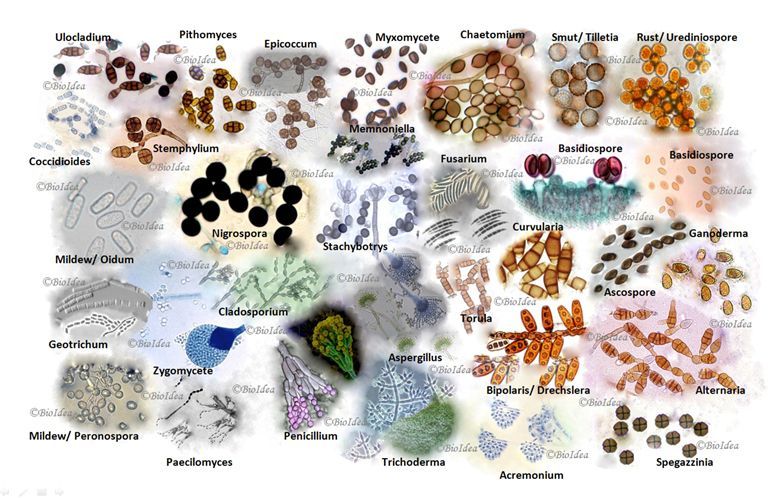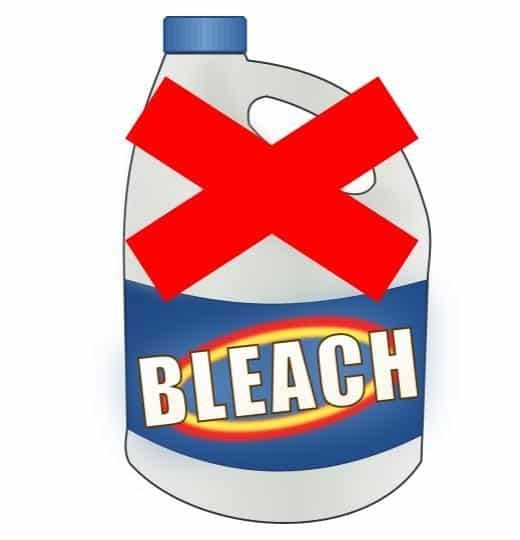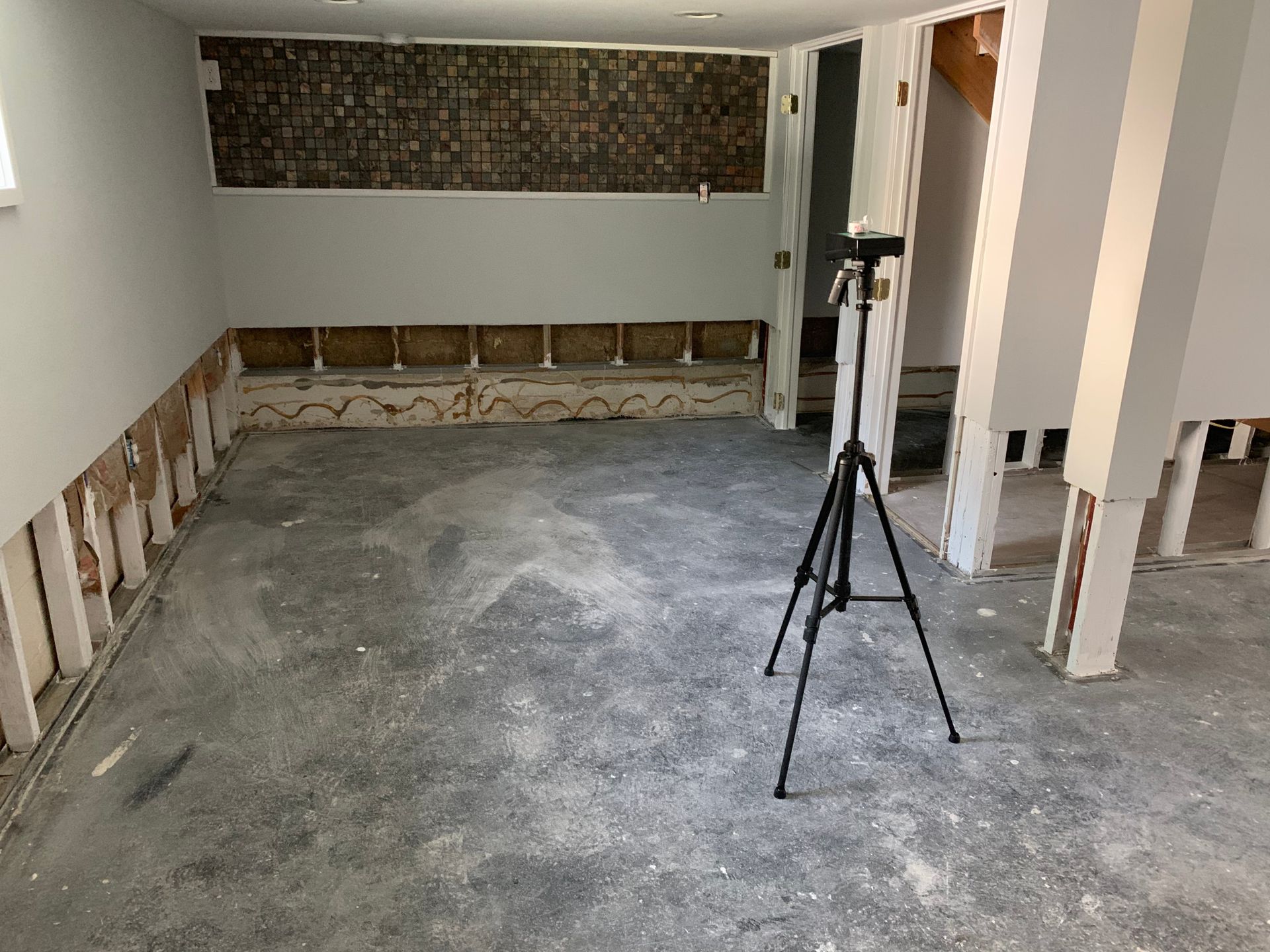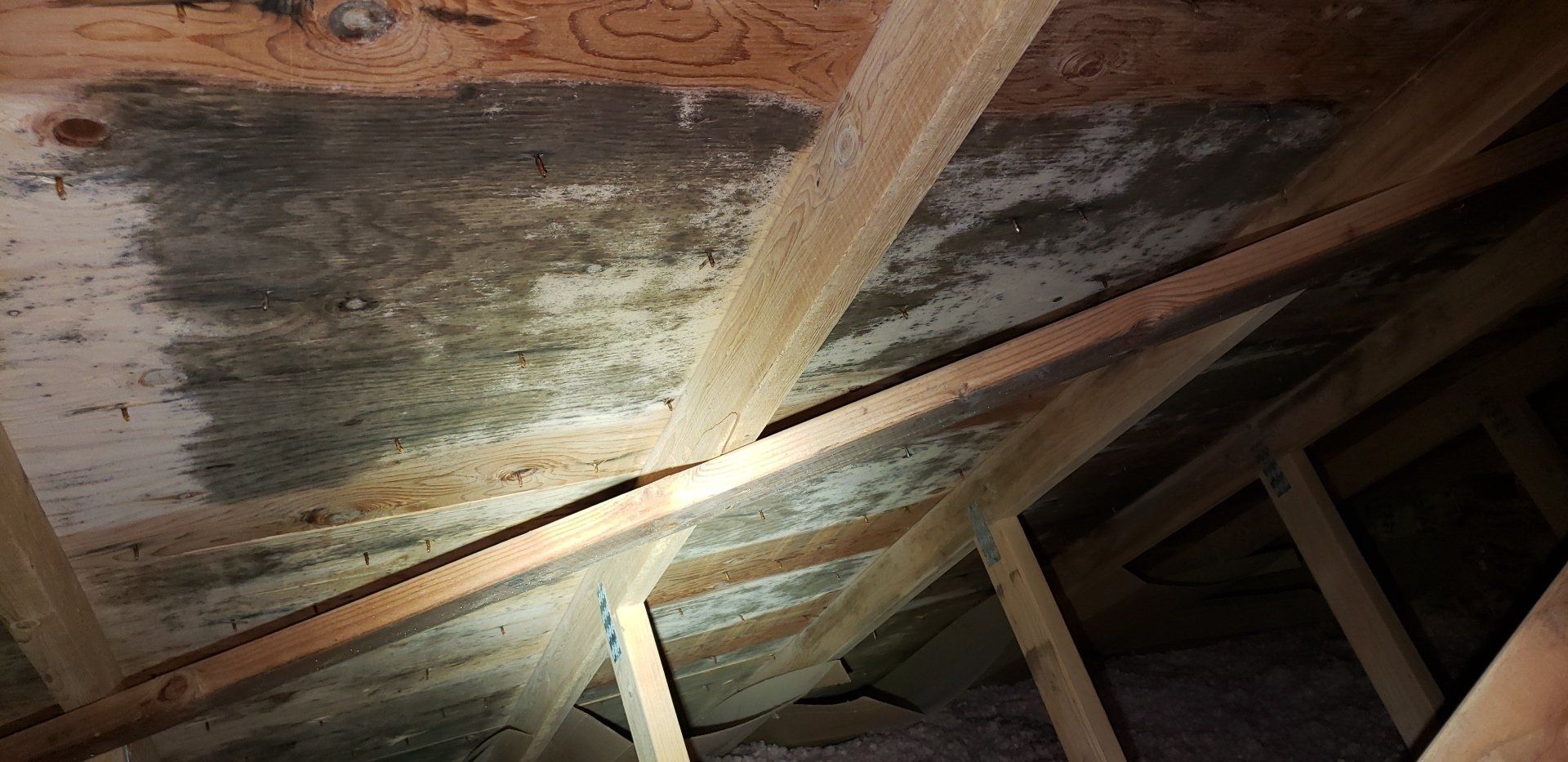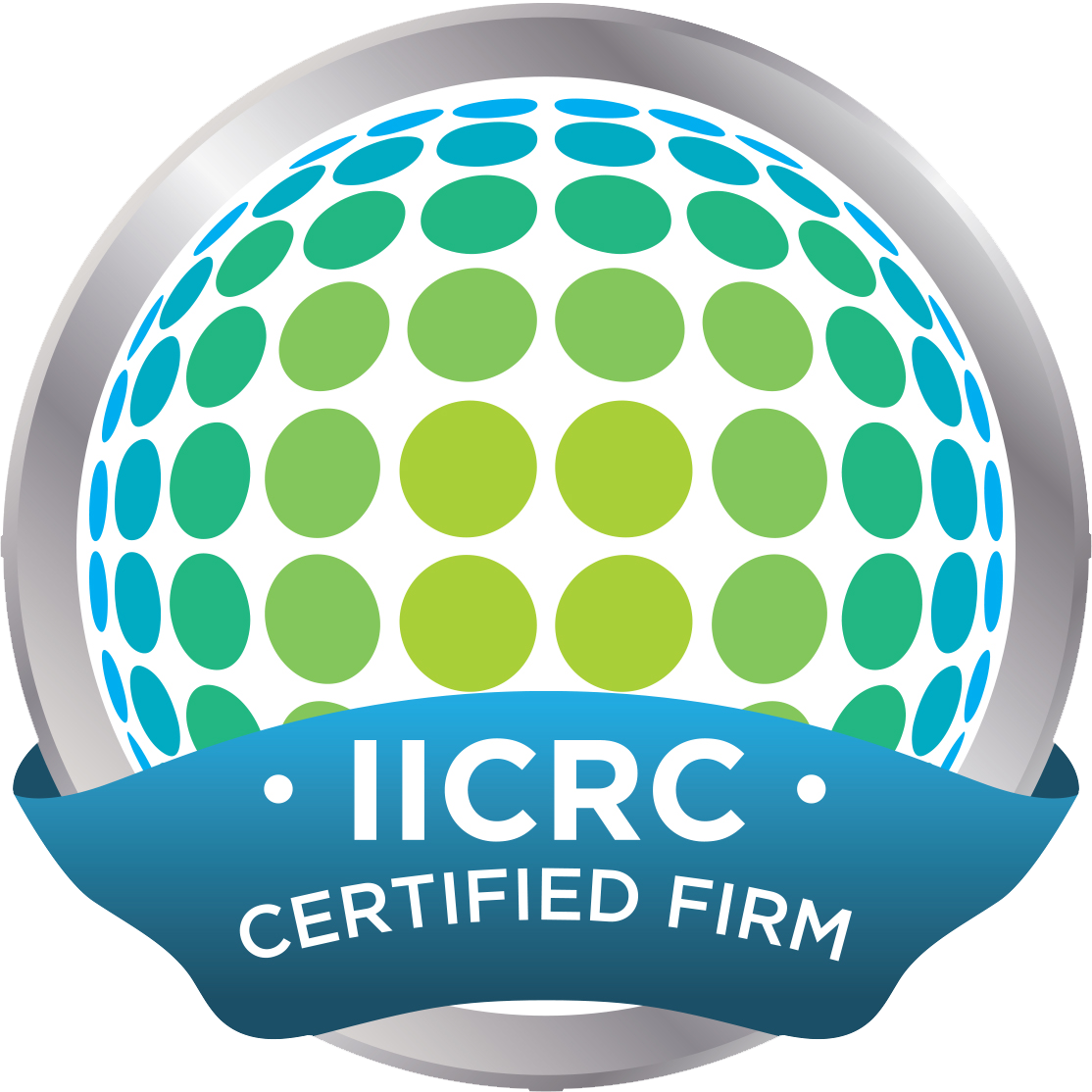Why is everything always described as “Black Mold”!?
Molds can vary just like the colors of a Rainbow!
The vast majority of the time we initially speak with clients, the first words out of their mouths are that “I have, or I know I have black mold”! Now while many molds do present as black, and many molds have dirt and debris in them making them darker, molds can come in a myriad of colors, textures, and species of fungi and often change colors over the course of its lifetime. We have seen black, brown, white, green, and even pink as the spores eat organic matter, they often will take on the colors of the materials they are feeding on, also light levels, and humidity can play a part in color. The color is made up of the spores, the second color is called the body, and the filaments are what explore and produce more spores. Even a loaf of bread can be a rainbow of colors!
But please don’t let color fool you or give you a false sense of security because it isn’t black! Molds when found in a structure should be taken seriously and are often a result of an underlying larger issue and in either instance or both, it needs to be professional dealt with. Molds can be hazardous to your health and according to the Mayo Clinic, common symptoms of mold overexposure include respiratory complications like wheezing, coughing, sneezing, allergies, and even asthma. Here are a few keys to various colors, as you can see below many species come in similar colors, so the lab is the determining factor when a sample is needed:
Here are what certain mold colors may be telling you:
Pink ► Pink mold is often seen in the bathroom or kitchen, but it is not actually mold at all. It is a bacteria called Serratia marcescens. Although not a mold, it still presents hygiene and health issues, like urinary tract and respiratory infections.
Yellow, Green or Black ► Mold that appears yellow, green, or black could possibly be Aspergillus mold. According to the CDC, these are the types of molds we breathe in almost every day without getting sick. However, concentrated exposure can be hazardous, especially for those with existing lung problems or suppressed immune systems. In individuals like these, it can cause aspergillosis, which presents itself as coughing, wheezing, and sinus inflammation.
Greenish-Black ► Mold that appears greenish-black in color could be Stachybotrys genus, which is also known as the dreaded “black mold.” Exposure to such mold has been linked to serious health conditions. It is a damp mold and can be slimy, yuck! It is commonly located on materials that are high-cellulose, low-nitrogen surfaces (like drywall, paper, or dust and lint that is constantly exposed to moisture).
Black or Gray ► Mold that is black or gray might be Alternaria, which is one of the most common types in outdoor areas. It likes to grow in or near damp, dusty areas, as well as soils. It is often found in household dust, so be sure you keep up with your dust bunny cleaning routine.
Green ► Green mold is tricky and vague as it can be any kind of unpleasant fungus. There are literally thousands of species of green mold.
Blue, Green, or White ► Molds of these colors generally point to the Penicillium genus. Several years ago, this species of mold was used to make penicillin. Nowadays, it is usually found growing on food(see bread above, or the old block of cheese in the fridge) or on walls.
Olive Green, Gray, Brown, or Black ► Molds that appear in these color formations likely belong to the Cladosporium genus. You can find this mold growing indoors and outdoors, on plant leaves, soil, walls, insulation, and damp carpeting. According to the CDC, they are most commonly linked to minor health complications like skin, eye, and sinus infections; but they have also been known to brain infections like fungal meningitis.
Regardless of the color, if you see or suspect you have a mold issue give us a call. You can still call it black mold, we don’t hold that against anybody, and all we want to do is help. Getting customers back to a safe and healthy environment is our goal.
“Don’t let Mold Ruin your Day, We’re Here to Help Make it Go Away!”
